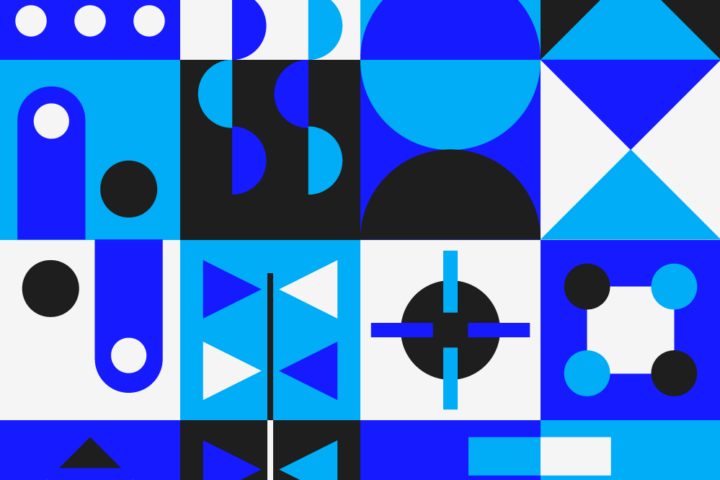TLDR:
NSA, in collaboration with U.S. and international partners, has released guidance on deploying secure artificial intelligence systems. The document aims to help organizations implement and operate AI technologies securely, countering potential security threats posed by the systems. The guidance aligns with cybersecurity performance goals developed by CISA and NIST.
Full Article:
The National Security Agency’s Artificial Intelligence Security Center, along with U.S. and international partners, has released new guidance on deploying secure and resilient artificial intelligence systems. The goal of this document is to assist organizations in implementing and operating AI technologies that have been designed and developed by another entity, while also employing mitigations to counter the security threats posed by these systems.
Dave Luber, the cybersecurity director at NSA, highlighted the significance of this guidance by emphasizing the unprecedented opportunities that AI brings, but also acknowledging the potential for malicious activity. The guidance builds on the Guidelines for Secure AI System Development and Engaging with Artificial Intelligence documents, outlining best practices that align with cybersecurity performance goals set by the Cybersecurity and Infrastructure Security Agency (CISA) and the National Institute of Standards and Technology (NIST).
The guidance was developed in partnership with various organizations including CISA, the FBI, and international cyber security centers such as the Australian Signals Directorate’s Australian Cyber Security Centre and the U.K. National Cyber Security Centre. This collaborative effort aims to provide comprehensive advice on deploying secure AI systems and mitigating associated security risks.
In conclusion, this guidance released by NSA and its partners serves as a valuable resource for organizations looking to enhance the security and resilience of their AI systems. By following the best practices outlined in the document, organizations can better protect their AI technologies from potential security threats and ensure the safe and effective operation of these systems in today’s evolving cyber landscape.







